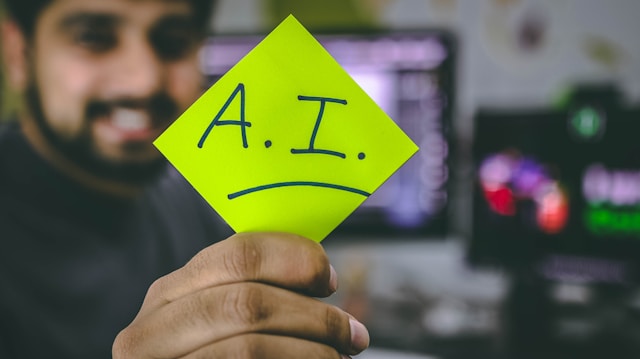
AI has now reached into almost every area of education. A large portion of the focus seems to be on specific AI-based platforms such as ChatGPT, Dall-E, and Google Gemini, or whether and how school districts should go about allowing and using AI in their classrooms.
One area that has not been extensively focused on is how AI is being addressed within teacher education programs. As pre-service teachers are being prepared to instruct, assess, and support millions of students in the years to come, the instruction they receive regarding AI use in K-12 classrooms is critical.
Every teacher education program is distinct in their format and focus, with many aligning with individual state standards and requirements. Recognizing this, here are three areas of focus that teacher education programs should consider regarding the inclusion of AI in this curriculum. These practices and general advice for addressing AI in teacher education programs may prove helpful as we all try to figure out how to best move forward.
1. AI in Teacher Education: Train the Trainer
Given that access to ChatGPT and other generative AI platforms did not become widely available until late 2022, it is likely that most teacher educators have not even been trained on AI and its use in the classroom as they have with other learning technologies.
Teacher education programs need to provide their faculty with training and PD for AI technologies to build their teacher educators’ AI literacy so they have the knowledge, skills, and dispositions needed to support their pre-service teachers’ AI foundational knowledge development and use of AI within teaching and learning spaces.
Included in this is providing teacher educators with an understanding as to the potential harms of AI and ways to address them in their own teaching, as well as how to prepare their pre-service teachers to recognize these harms.
2. Develop AI Methods Coursework
While it would be an unrealistic expectation to provide pre-service teachers with a robust computer science education, they should at a minimum be exposed to foundational knowledge around AI.
Methods courses are essential to teacher education as it provides authentic opportunities for students to learn how to teach core subjects such as science and mathematics. A similar AI methods course, or content within other methods courses, could be created to provide pre-service teachers with practical opportunities to use AI in K-12 lessons. AI methods coursework could include field-based experiences in schools and/or AI simulation labs and the development of pre-service teachers’ AI literacy skills as foundational content.
Google and Adobe, among other sources, offer free basic AI literacy courses to help get started.
3. Model Ethical and Responsible AI Practices
Practicing what you preach instead of “do as I say, not what I do,” is the way to go. With the confusion and mixed messages around the perils and greatness of AI, and different bans on AI in certain school districts, pre-service teachers need to see how the faculty within their teacher education programs are using it in their own instruction.
Consider:
- Exposing pre-service to diverse scholars, such as former MIT Media Lab’s Dr. Joy Buolamwini, who founded the Algorithmic Justice League and was named one of TIME Magazine’s 100 most influential people in AI in 2023. This will support pre-service teachers’ capacity to be critical consumers of AI content.
- Demonstrating how prompt engineering works (hopefully a topic covered in the train the trainer sessions), and the potential outcomes of AI depending on what and how something is phrased and asked.
- Situating the use of AI technologies into a respected inclusive framework, such as Universal Design for Learning, so pre-service teachers can see how AI technologies can be used to represent content students, engage students in learning, and provide students different ways to demonstrate theory learning. This keeps the use of AI technologies on pedagogies focused on specific learning opportunities and outcomes.
If pre-service teachers have not been exposed to intentional preparation on using AI in education, or if they have not had the opportunity to see how AI is used in classrooms, how can we expect them to tackle its use in K-12 education after graduation? Teacher educators have the responsibility, duty, and challenge to prepare pre-service teachers, and certainly, addressing AI in teacher education should be a priority.







